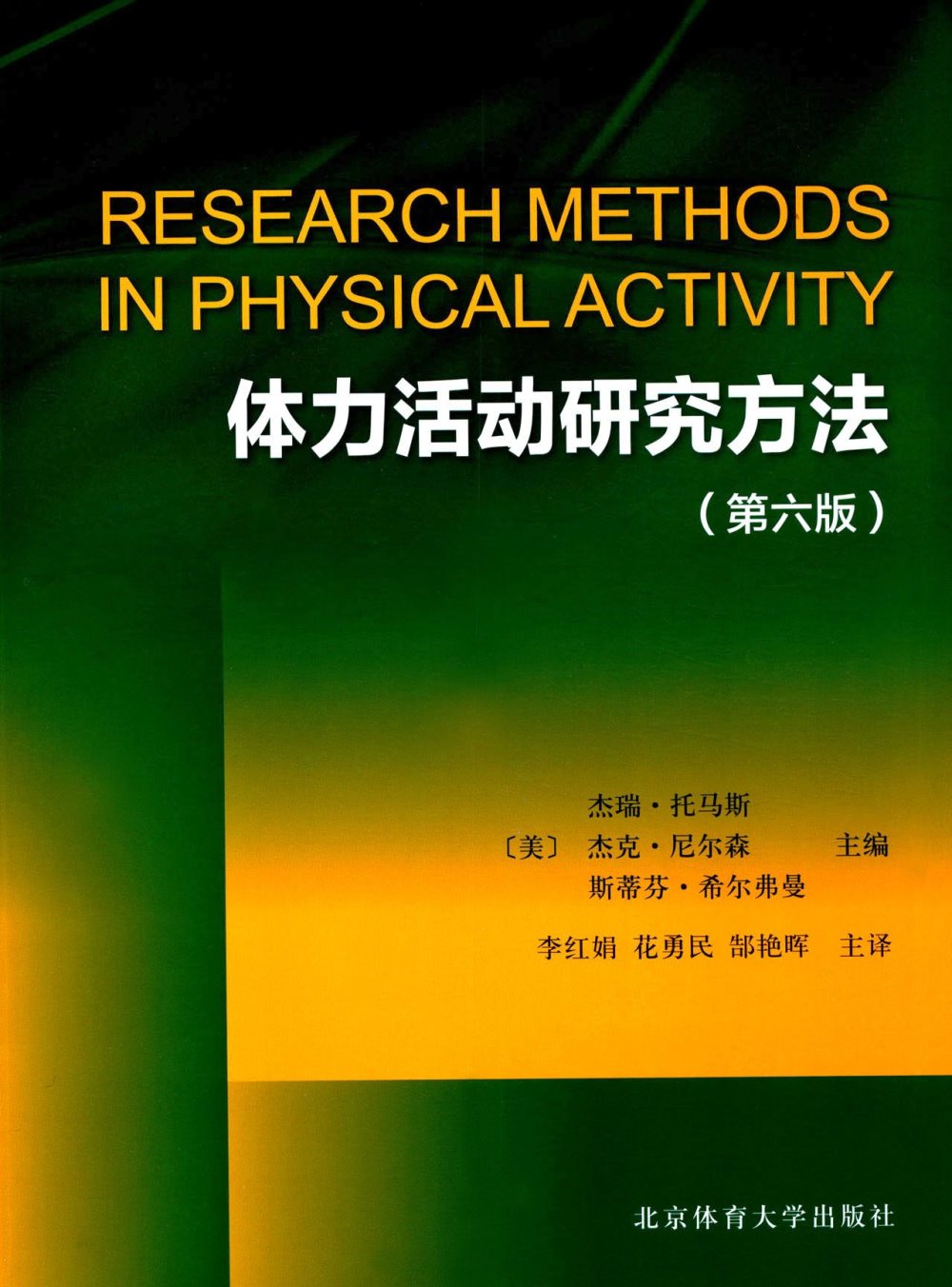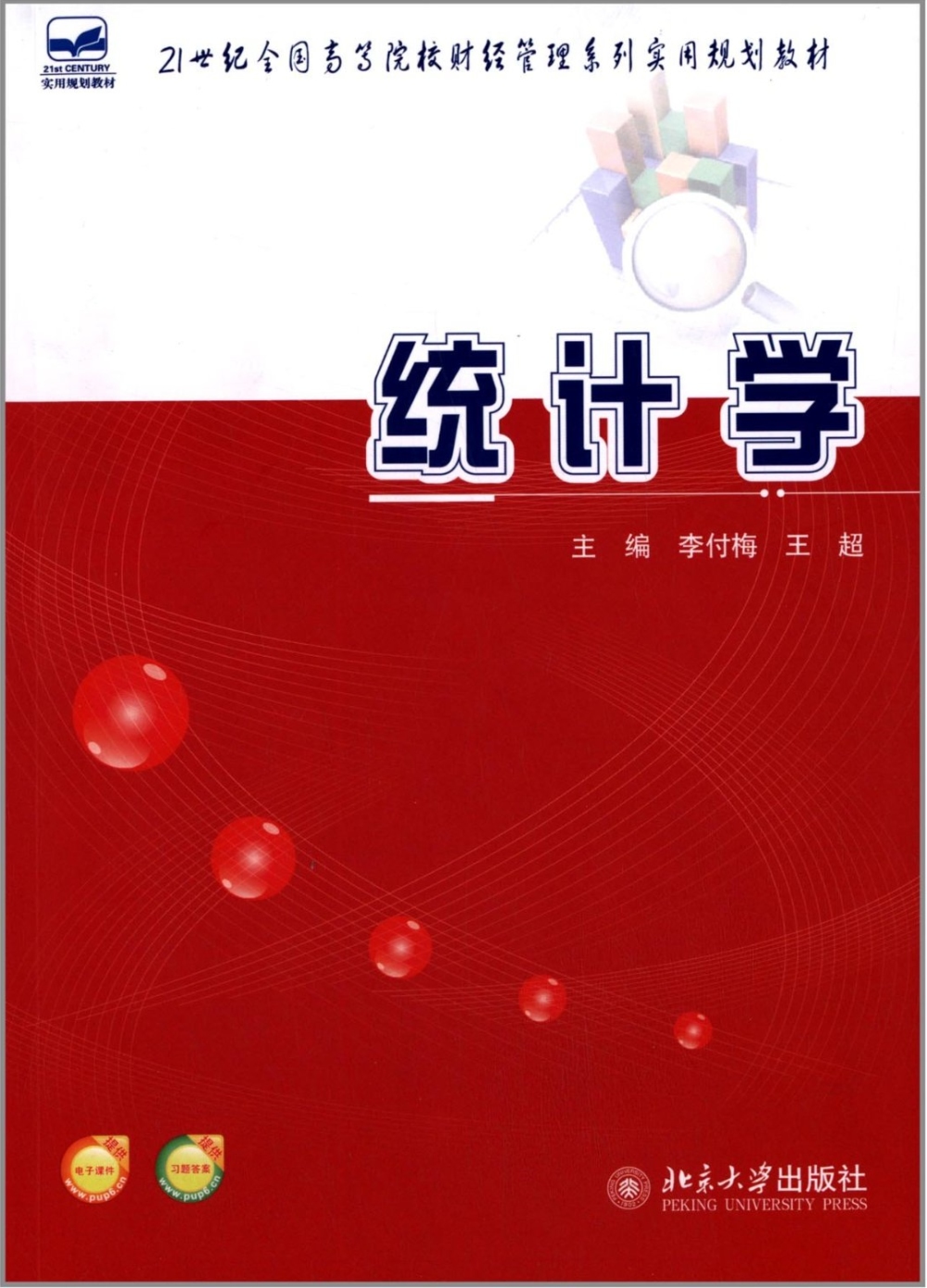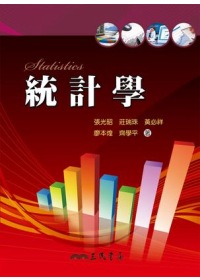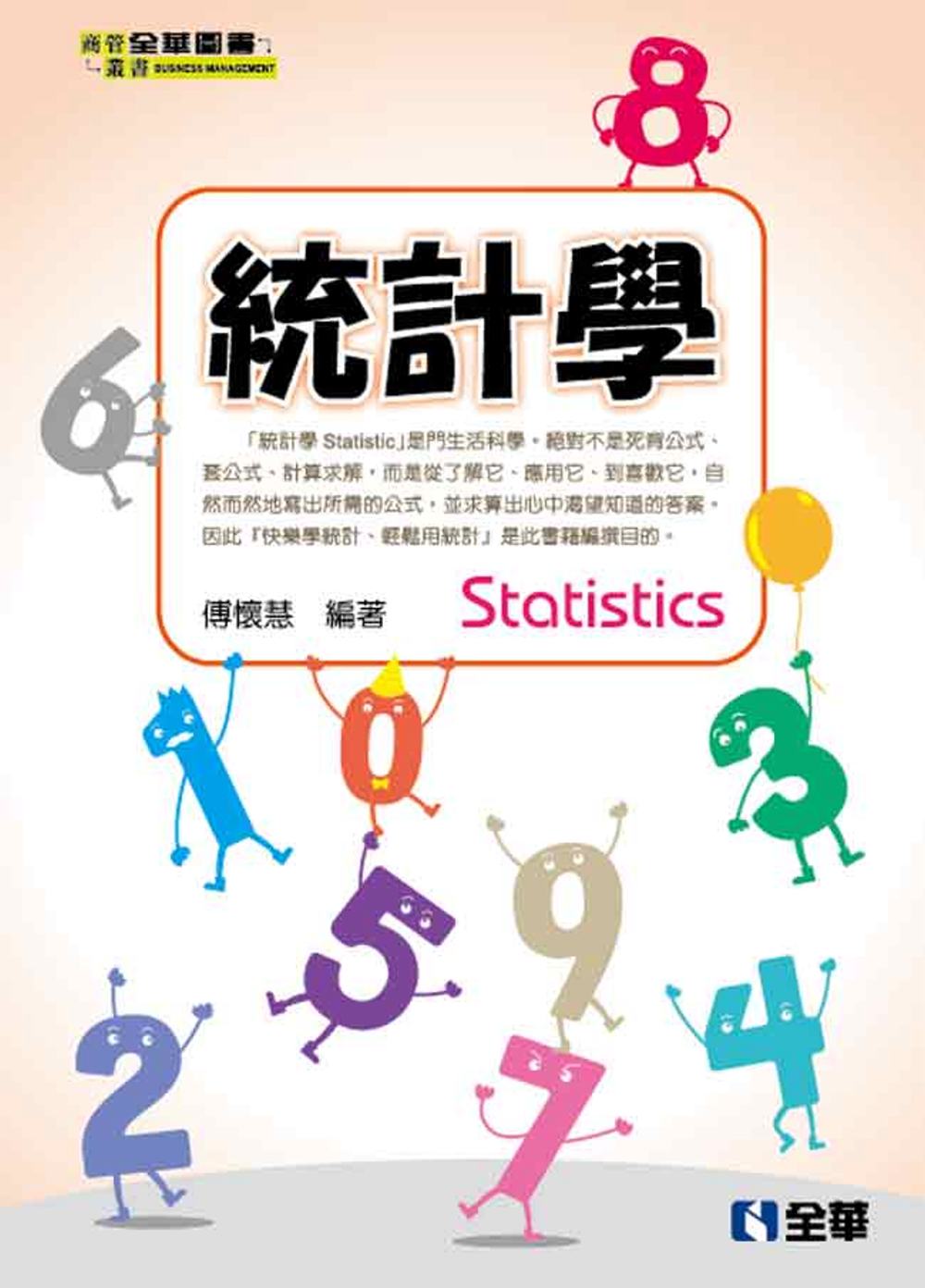體力活動研究方法(第六版) | 被動收入的投資秘訣 - 2024年7月

體力活動研究方法(第六版)
《體力活動研究方法(第六版)》為人體運動科學、鍛煉科學及物理治療、康復、作業治療等領域從事科學研究的學生呈現了研究過程的概覽及目前常用的研究方法。加之其間不乏幽默的語言,使得《體力活動研究方法(第六版)》在國際范圍內得到廣泛認可。第六版還加強了以下方面內容:在圖書館服務的利用方面進行了更新,包括有效利用電子資源進行檢索方面進行了深入談論;在介紹統計學方法的部分,較少利用手工計算,而是以2008年賽季30名高爾夫運動員的數據分析為例,采用SPSS軟件呈現基本統計程序和分析結果;擴展和更新了一些章節內容,尤其是在目前取得較顯著進展的質性研究部分,幫助研究者在選擇研究方法、回答問題時不再僅僅以來傳統的「科學」研究方法;新增一章「混合方法研究」,即采用定性和定量研究相結合的模式解決科學問題;增加了網絡資源,教師可從人體運動出版社網站購買電子書、下載圖片、測試題庫、演示文稿等內容。
前言1 學習提示3 致謝4第一部分 研究過程概述Overview of the Research Process第一章體力活動研究概論Introductioto Research iPhysical Activity第一節研究的本質The Nature of Research第二節解決問題的科學方法與非科學方法Unscientific Versus Scientific Methods of Problem Solving第三節幾種研究模型Alternative Models of Research第四節研究的類型Types of Research第五節研究過程概述Overview of the Research Process第六節學術論文的構成部分 :對應研究的步驟Parts of a Thesis:A Reflectioothe Steps ithe Research Process第二章問題的形成和文獻的使用Developing the Problem and Using the Literature第一節確認研究問題Identifying the Research Problem第二節文獻綜述的目的Purpose of the Literature Review第三節文獻檢索的基本策略Basic Literature Search Strategies第四節文獻檢索的步驟Steps ithe Literature Search第三章陳述問題Presenting the Problem第一節命定題目Choosing the Title第二節撰寫引言Writing the Introduction第三節研究問題的陳述Stating the Research Problem第四節研究假設的提出Presenting the Research Hypothesis第五節明確操作定義Operationally Defining Your Terms第六節前提假設與研究局限Basic Assumptions,Delimitations,and Limitations第七節研究意義Justifying the Significance of the Study第八節學位論文和期刊論文的差別Differences Betweethe Thesis and the Research Article第四章制定研究方法Formulating the Method第一節如何呈現研究方法細節How to Present Methodological Detail第二節為什麼計划研究方法如此重要Why Planning the Method Is Important第三節設計實驗的兩個原則Two Principles for Planning Experiments第四節描述研究對象Describing Participants第五節描述測試工具Describing Instruments第六節步驟的描述Describing Procedures第七節統計設計與統計分析Describing Desigand Analysis第八節建立因果關系Establishing Cause and Effect第九節研究對象、測量和處理間的交互作用Interactioof Participants,Measurements,and Treatments第五章研究與學術中的倫理道德問題Ethical Issues iResearch and Scholarship第一節學術不端行為的7個方面SeveAreas of Scientific Dishonesty第二節有關版權的道德問題Ethical Issues Regarding Copyright第三節學術不端行為模式Mode for Considering Scientific Misconduct第四節與同事合作Working With Faculty第五節保護研究對象Protecting HumaParticipants第六節保護動物研究對象Protecting Animal Subjects第二部分 體力活動研究中的統計與測量Statistical and Measurement concepts iResearch第六章熟悉統計概念Being Acquainted With Statistical Concept第一節為什麼需要統計學Why We need Statistic第二節統計分析中計算機的應用Use of Computers iStatistic Analysis第三節統計描述和統計推斷並不是指統計學方法Descriptioand Inference Are Not Statistic Techniques第四節抽樣方法Ways to Select a Sample第五節事后均衡性檢驗的解釋Justifying Post Hoc Explanations第六節隨機抽樣和隨機分組的困難:多好才算好呢Difficulty of Random Sampling and Assignment:How Good Does It Have to Be?第七節分析單位Unit of Analysis第八節測量集中趨勢和變異性Measures of Central Tendency and Variability第九節統計方法的基本概念Basic Concepts of Statistical Techniques第十節后面統計方法中使用的數據Data for Use ithe Remaining Statistical Chapters第七章研究設計和評價中的統計問題Statistical Issue iResearch Planning and Evaluation第一節概率Probability第二節實際意義(效果量)Meaningfulness(Effect Size)第三節檢驗效能Power第四節使用專業背景的信息Using Informatioithe Context of the Study第八章變量間的相關Relationships Among Variables第一節相關性研究在研究什麼What Correlational Research Investigates第二節理解相關的本質Understanding the Nature of Correlation第三節相關系數的意義What the Coefficient of CorrelatioMeans第四節用相關進行預測Using Correlatiofor Prediction第五節偏相關Partial Correlation第六節簡單相關的應用Uses of Semipartial Correlation第七節多元回歸的過程Procedures for Multiple Regression第八節多元相關Multivariate Forms of Correlation第九章組間差異Differences Among Groups第一節統計學如何檢驗差異How Statistics Test Differences第二節t檢驗的類型Types of t Tests第三節t的解釋Interpreting t第四節t和r的關系Relationship of t and r第五節方差分析Analysis of Variance第六節協方差分析Analysis of Covariance第七節實驗誤差率Experimentwise Error Rate第八節理解多變量分析技術Understanding Multivariate Techniques第十章非參數統計方法Nonparametric Techniques第一節卡方檢驗:檢驗實際觀測值和期望值的差異Chi Square:Testing the Observed Versus the Expected第二節秩檢驗方法Procedures for Rank—Order Data第三節相關分析Correlation第四節組間差異性檢驗Differences Among Groups第十一章研究變量的測量Measuring Research Variables第一節效度Validity第二節可靠性Reliability第三節檢驗可靠性的方法Methods of Establishing Reliability第四節評價者間可靠性(客觀性)Intertester Reliability(Objectivity)第五節測量的標准誤Standard Error of Measurement第六節使用標准分比較運動成績Using Standard Scores to Compare Performance第七節體力活動的測量Measuring Movement第八節紙筆測驗Measuring Writing Responses第三部分 研究類型Types of Research第十二章體力活動中的歷史研究Historical Research iPhysical Activity第一節研究范式Research Paradigms第二節研究和課題的路線Lines of Inquiry and Topics第三節研究設計Designing the Research第四節證據處理Working With the Evidence第十三章體力活動中的哲學研究Philosophic Research iPhysical Activity第一節明確哲學研究目的Identifying the Purposes of Philosophic Research第二節確定研究問題Locating A Research Problem第三節分析研究問題Analyzing A Research Problem第十四章研究合成(META分析)Research Synthesis(Meta—Analysis)第一節系統綜述中的Meta分析Using Meta—Analysis to Synthesize Research第二節呈現效果量的數據Presenting Effect Size Data第十五章調查研究Surveys第一節問卷調查法Questionnaire第二節電子調查Electronic Surveys第三節德爾菲法Delphi Method第四節個人訪談Personal Interviews第五節標准調查Normative Survey第十六章其它描述性研究方法Other Descriptive Research Methods第一節發育研究Developmental Research第二節案例研究Case Studies第三節工作分析Job Analysis第四節觀察性研究Observational Research第五節非觀察性研究技術Unobtrusive Research Techniques第六節相關性研究Correlational Research第十七章體力活動流行病學研究Physical Activity Epidemiology Research第一節觀察性研究與實驗性研究Observational Versus Experimental Research第二節什麼是流行病學What Is Epidemiology第三節體力活動測量的定義Physical Activity Measurement Definitions第四節體力活動測評Assessment of Physical Activity第五節流行病學研究設計Epidemiologic Study Designs第六節閱讀和理解體力活動流行病學研究Reading and Interpreting a Physical Activity Epidemiologic Study第十八章實驗研究與准實驗研究Experimental and Quasi—Experimental Research第一節影響研究效度的因素Sources of Invalidity第二節內部效度的影響因素Threats to Internal Validity第三節外部效度的影響因素Threats to External Validity第四節控制影響內部效度的因素Controlling Threats to Internal Validity第五節控制外部效度的影響因素Controlling Threats to External Validity第六節設計類型Types of Designs第十九章質性研究Qualitative Research第一節質性研究步驟Procedures iQualitative Research第二節數據分析Analysis of the Data第三節結束語Concluding Remarks第二十章混合方法研究Mixed—Methods Research第一節定量和定性相結合的方法Combining Quantitative and Qualitative Methods第二節設計混合方法研究Designing Mixed—Methods Research第三節混合方法研究的注意事項Specific Issues iMixed—Methods Research第四節混合方法研究的實例Examples of Mixed—Methods Research第四部分 撰寫研究報告Writing the Research Report第二十一章完成研究過程Completing the Research Process第一節研究申請書Research Proposal第二節寫好前言Developing a Good Introduction第三節研究方法Describing the Method第四節申請流程The Proposal Process第五節定性研究申請書Preparing and Presenting Qualitative Research Proposals第六節基金申請標書Writing Proposals for Granting Agencies第七節提交內部資助申請書Submitting Internal Proposals第八節完成學位論文Completing Your Thesis or Dissertation第九節結果與討論Results and Discussion第十節多實驗結果的報告Handing Multiple Experiments ia Single Report第十一節統計表和統計圖Using Tables and Figures第二十二章報告研究方法Ways of Reporting Research第一節基本寫作指南Basic Writing Guidelines第二節致謝詞簡介A Brief Word About Acknowledgments第三節學術論文的格式:傳統論文格式和期刊論文格式Thesis and DissertatioFormat:Traditional Versus Journal第四節成功撰寫期刊格式論文的幾點提示Helpful Hints for Successful Journal Writing第五節修改研究論文Revising Research Papers第六節寫作摘要Writing Abstracts第七節口頭報告和牆報制作Making Oral and Poster Presentations附錄(APPENDIX)參考文獻(References)中英文對照(Subject Index)作者介紹(About the Authors)
 統計學
統計學 統計學
統計學 統計學
統計學 統計學
統計學 統計學
統計學